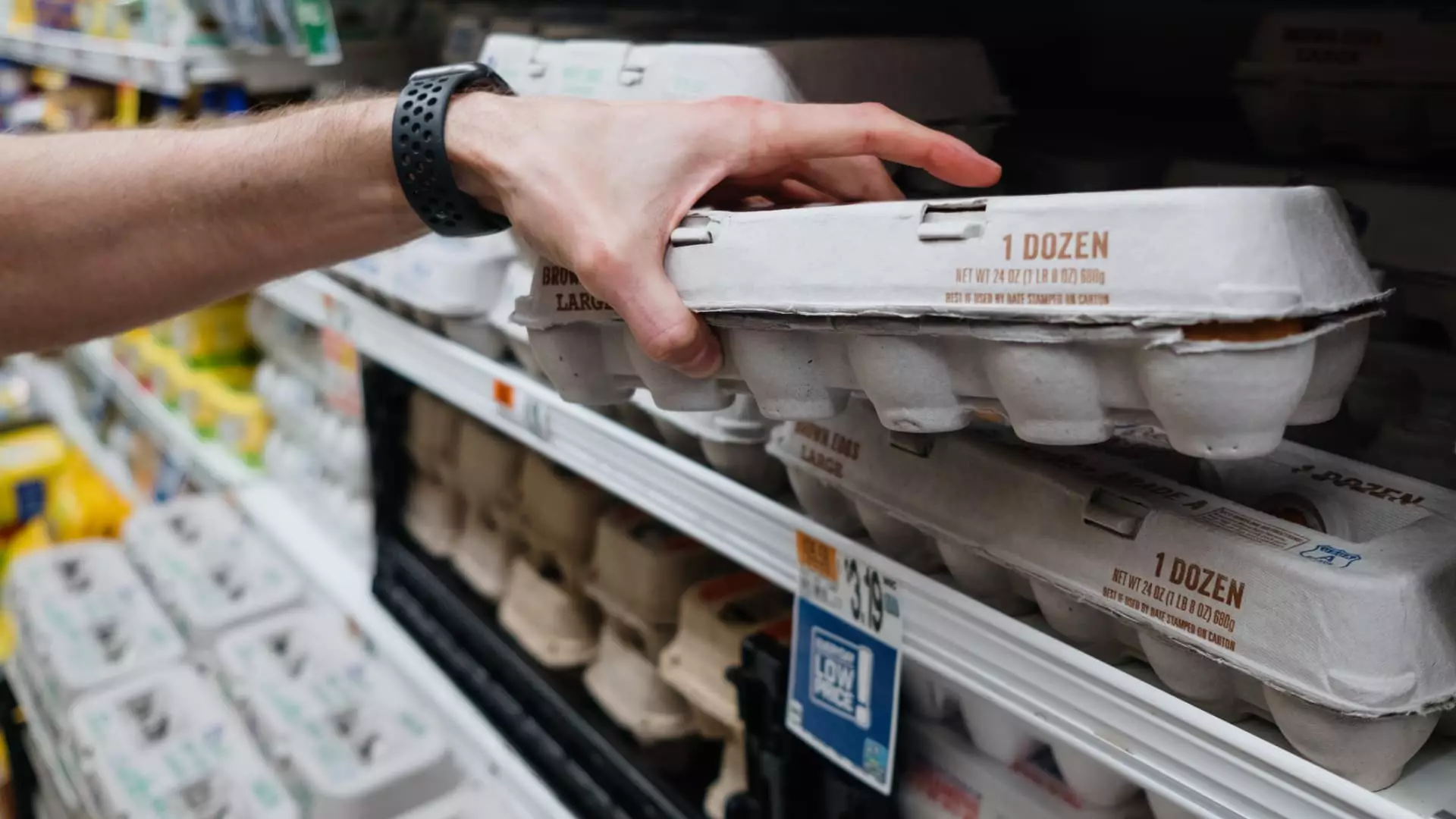As 2023 unfolds, signs indicate that inflation in the United States has begun to stabilize after a tumultuous period during the pandemic. August’s consumer price index (CPI) showcases a notable increase of only 2.5% year-over-year, a decline from July’s figure of 2.9%. This trend points to a potential easing of the severe price pressures that have dominated discussions about the economy since the pandemic began. Sarah House, a senior economist at Wells Fargo, observes that inflationary forces are evidently “dissipating.” This decrease marks the lowest inflation rate recorded since February 2021, suggesting a potential return to more manageable economic conditions.
However, concerns linger about specific sectors that continue to experience inflationary pressures, particularly in the housing market. Economists note that while essential items such as groceries and gasoline are stabilizing, housing costs, which remain a substantial contributor to overall inflation, still pose a challenge. The Federal Reserve’s observations lead experts to predict that inflation could continue to decrease, albeit with occasional variations in the data.
Housing costs hold significant weight in the inflation equation, as they constitute the largest component of the CPI. Paul Ashworth, Capital Economics’ chief North America economist, highlights that essential shelter costs accounted for over 70% of the annual increase in the core CPI, which excludes volatile food and energy prices. Despite signs of a cooling rental market, housing inflation has not shown a corresponding decline. Economists attribute this phenomenon to government measurement techniques that tend to reflect a lagging indicator, failing to capture real-time trends in the housing market accurately.
The shelter index has reported a 5.2% increase since August 2023, complicating the broader narrative of a taming inflation rate. Notably, rental prices have seen minimal inflation over the past two years, with certain metrics indicating a 1% decrease in average rents for the second quarter of 2024. As a result, the persistent rise in the shelter CPI is perplexing to many economists, including House, who anticipates that broader market trends should lead to a deceleration in housing inflation shortly.
With inflation on the retreat, the Federal Reserve is shifting its focus. After elevating interest rates to a 23-year high to curb inflation, signs of labor market cooling have prompted discussions regarding potential interest rate cuts. Economists predict a quarter-point reduction in an upcoming policy meeting, reflecting a significant pivot towards fostering economic growth and stability amid easing inflation.
The adjustments in monetary policy indicate a broader recognition of the complex dynamics at play within the economy. Following the pandemic, consumer behaviors drastically shifted; increased demand alongside disrupted supply chains resulted in inflationary spikes across various sectors. While the demand for goods surged as people spent less on services, sectors like physical goods saw undue inflation, further complicated by labor market variations and costs associated with sourcing and maintaining products.
Beyond housing, various categories, including motor vehicle insurance and medical care, have shown notable increases in expenses. Motor vehicle insurance has surged by 16.5% from the previous year, in part, due to rising costs associated with insuring pricier new and used vehicles. Similarly, medical care prices have inflated by 3%, highlighting the complexity of overall healthcare expenses.
While some categories are experiencing upward pressures, grocery inflation has significantly lessened, with an annual increase of less than 1% in August compared to the staggering 11.4% in 2022. The decline suggests a return to normalcy in food pricing, although specific items, such as eggs, have seen a resurgence in prices due to renewed supply issues stemming from avian flu outbreaks. Gasoline costs also reflect this trend, decreasing by approximately 10% over the past year as market dynamics shift.
While the U.S. economy exhibits signs of stabilizing inflation rates, challenges remain, particularly in housing costs. The complexities within different sectors illustrate that inflation is not a monolithic issue but rather a multifaceted one with distinct dynamics. There is cautious optimism among economists as the Fed prepares to adjust interest rates amidst fluctuating inflation, implying a transition towards more sustainable economic practices. This evolving landscape will require continuous monitoring and adaptability as policymakers work to align inflation with long-term economic stability.

Leave a Reply